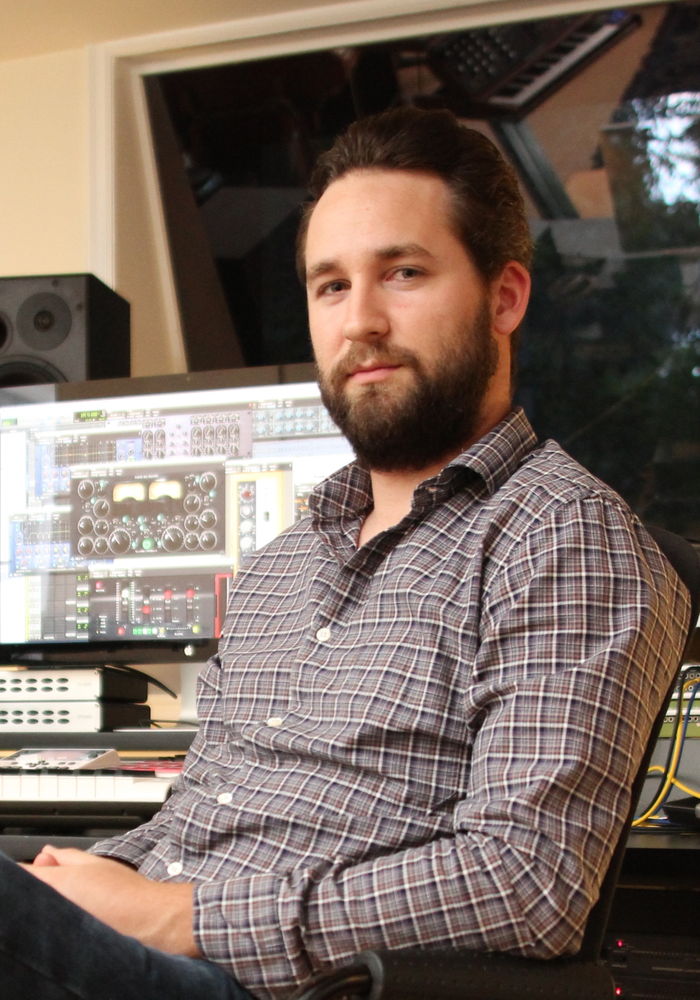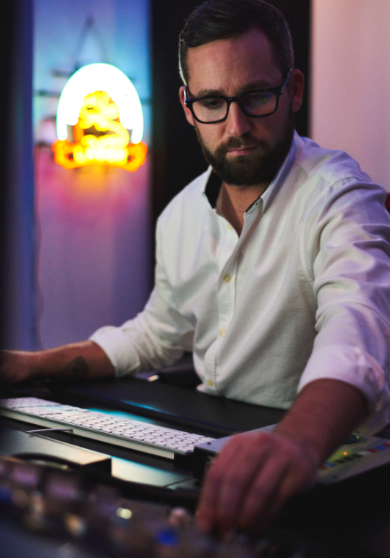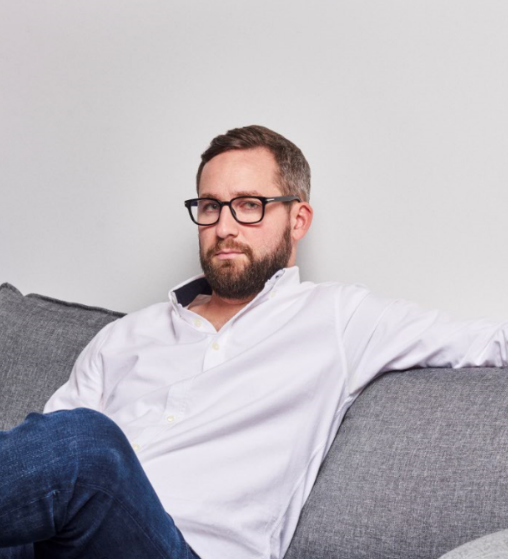Mix engineer Mitch McCarthy has worked with some huge names in the world of pop music, and just so happens to be one of the people responsible for mixing Olivia Rodrigo’s drivers license, which was recently announced as the longest running No. 1 hit on the Billboard Global 200. Headliner spoke to McCarthy about his process, and how he used oeksound’s soothe2 plugin to mix one of the biggest songs in the world right now...
McCarthy has kept himself very busy indeed of late, having been inundated with records to mix since the success of drivers license, and he’s very thankful for the situation he finds himself in. In fact, he admits that working on the record has motioned a complete turning point in his career.
Starting out as a guitar player, McCarthy soon caught the recording bug, and was being shown different techniques on Pro Tools when the DAW first started to gain traction. He threw himself into learning everything he could about the recording process, eventually attending recording school in the San Francisco Bay area where he gained experience working with tape on large format SSL and Neve consoles.
McCarthy then started his professional career as an assistant to songwriter and producer Mario Marchetti, who taught him the ins and outs of the music business, the record making process, and vocal production in pop music. He subsequently met his current manager, Ian McEvily, and was busy
enough at the time to start mixing records on his own, which he’s been doing ever since.
“It’s been a lot of time and patience, and just never really giving up,” says McCarthy. “I’m from the generation of people who work mostly in the box, but I think getting my hands on analogue gear in recording school changed the game for me, and I’ve always wanted to incorporate both into my workflow. Over the years, I’ve developed a hybrid setup here at my studio, with specific pieces that I like to use to impart a certain vibe or colour.
“For quite some time I had a studio in the house that I was renting, but it got to the point where I needed to separate them. My studio now is in downtown L.A, just a block from Warner Brothers in the art district.”






